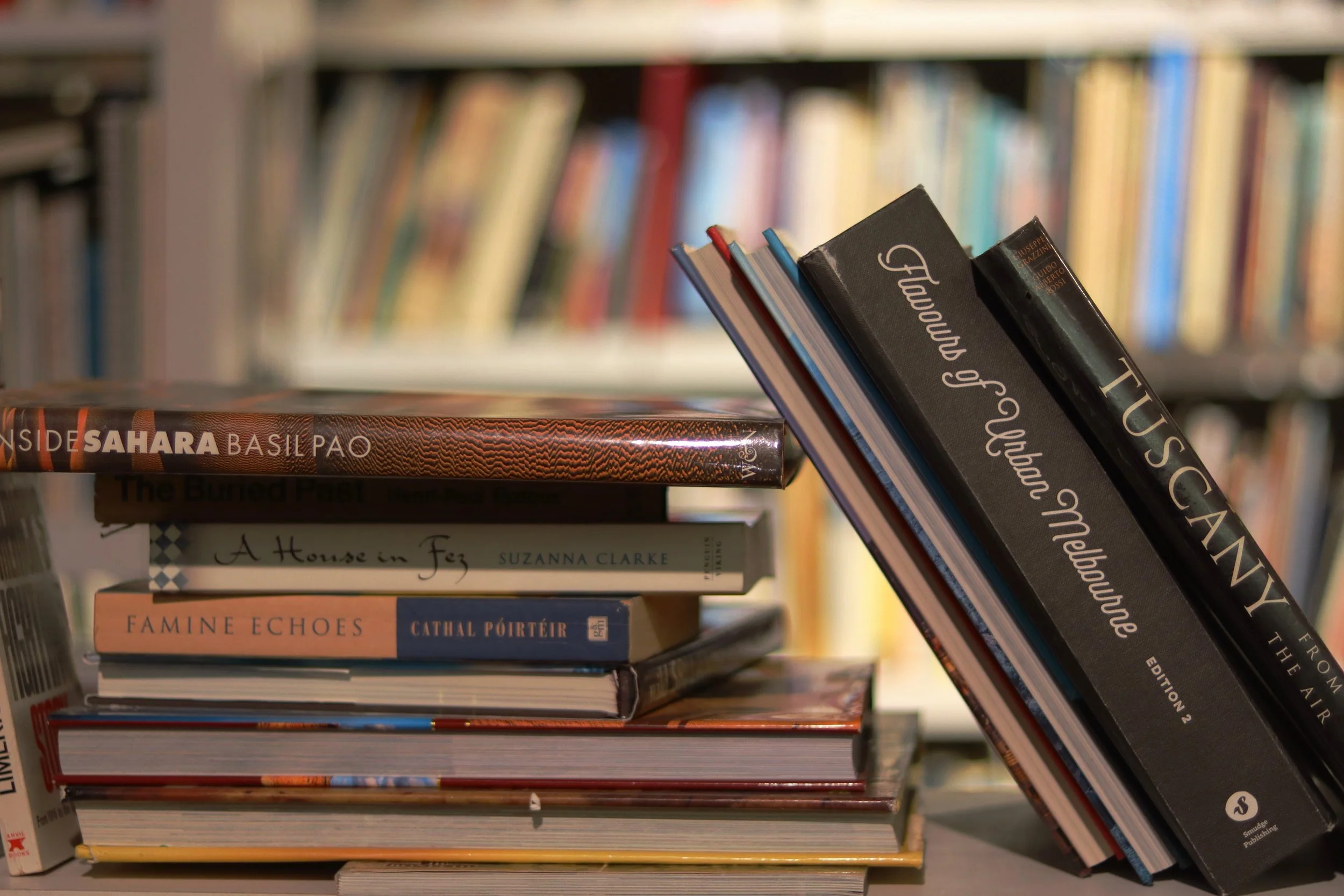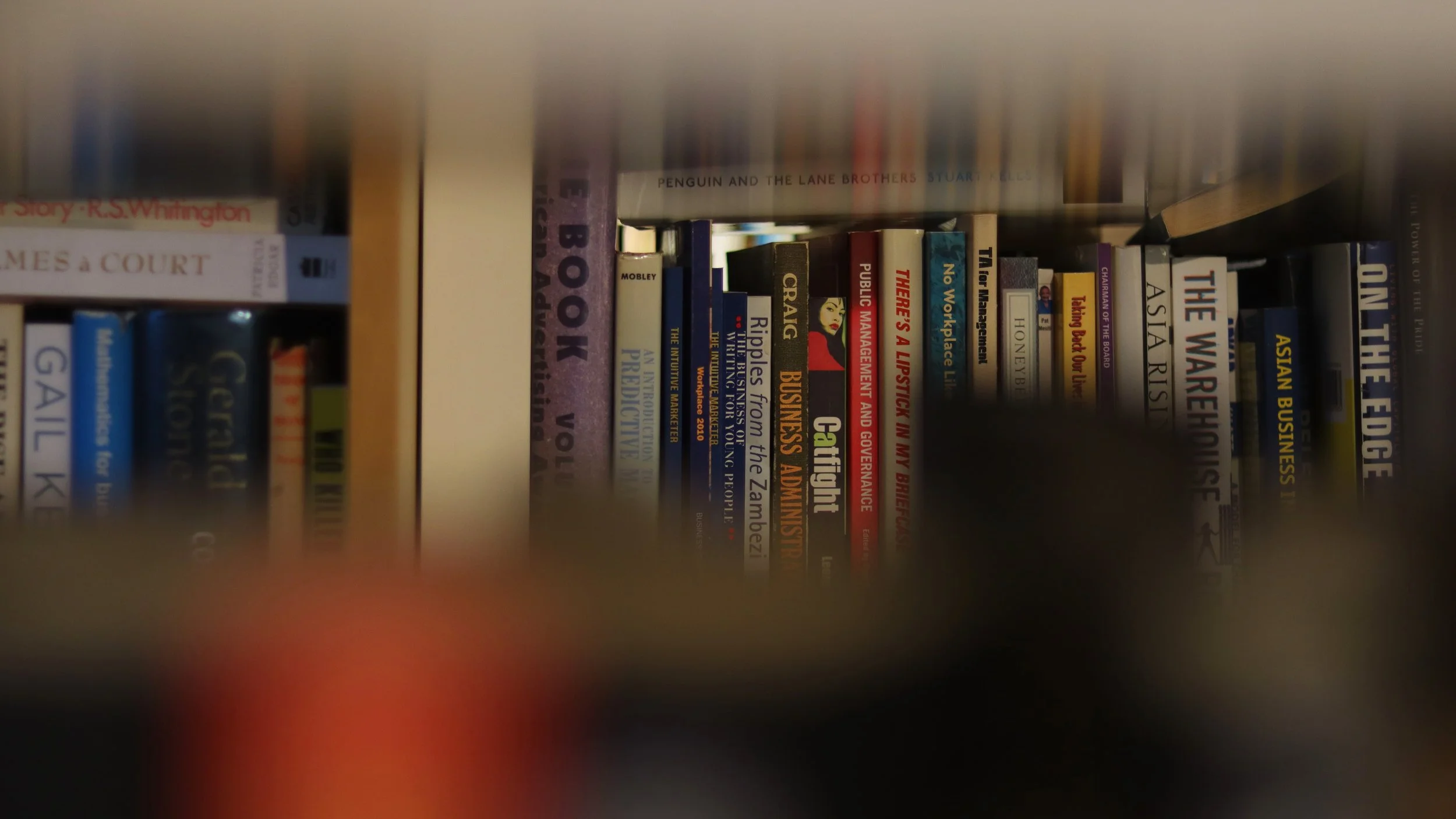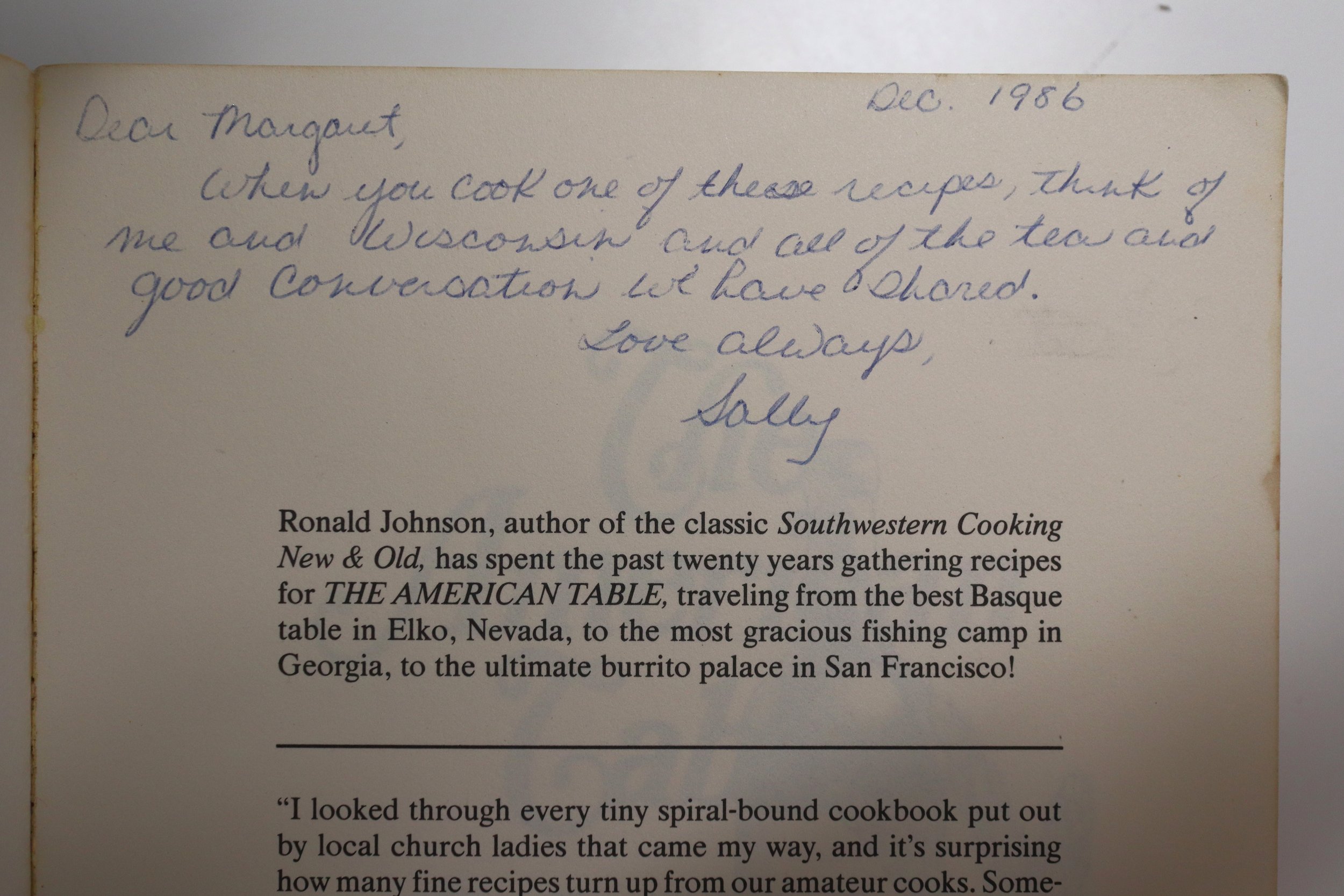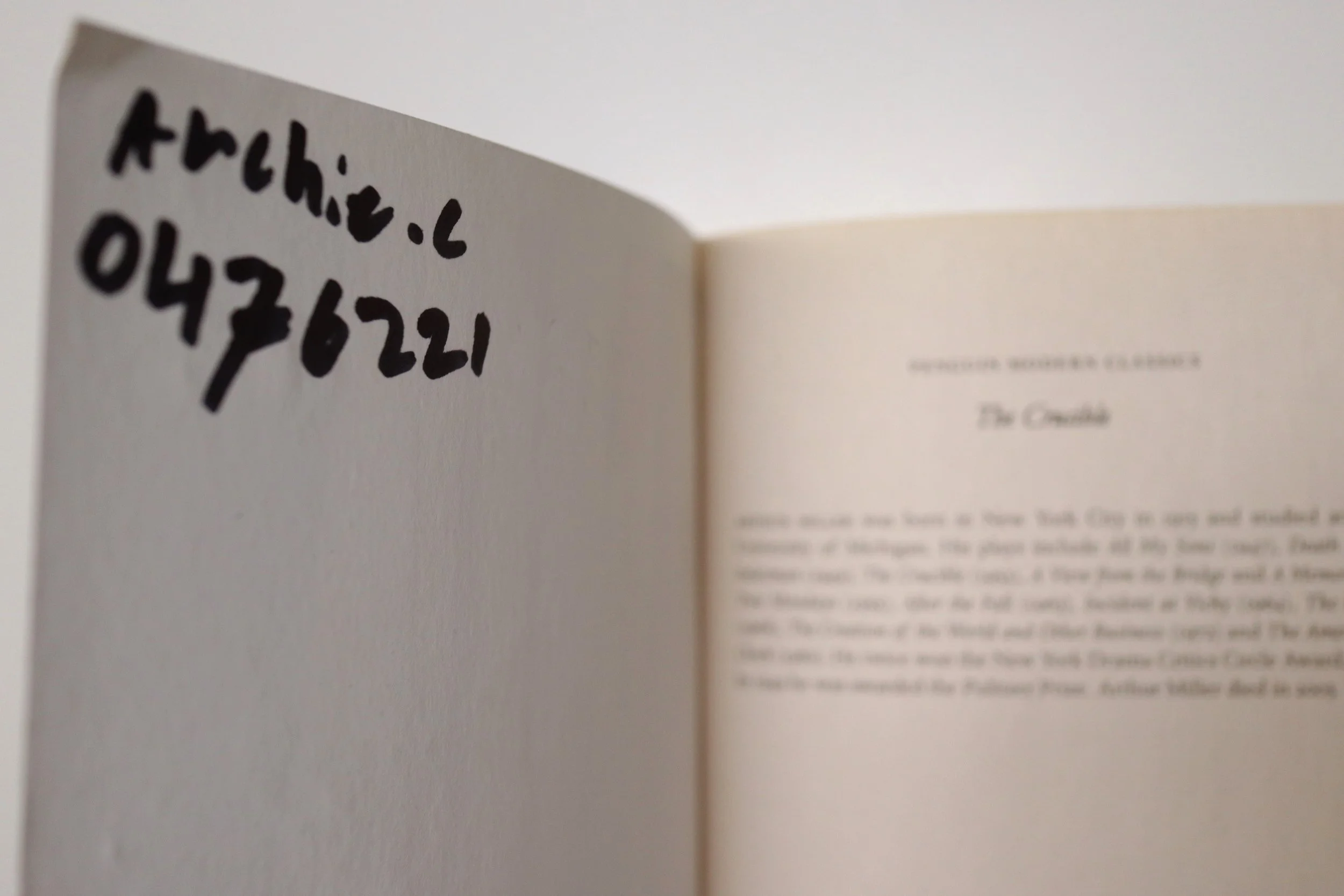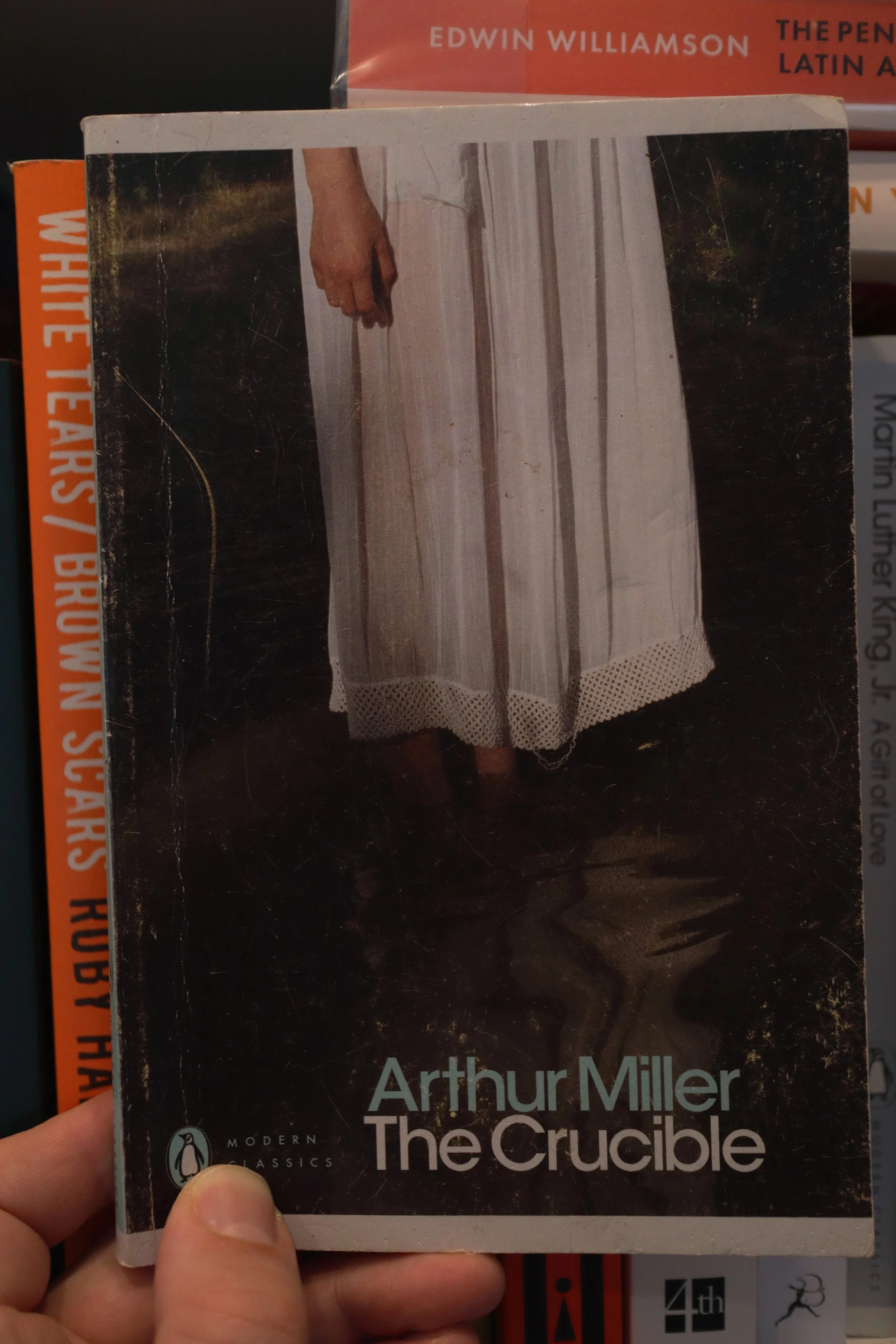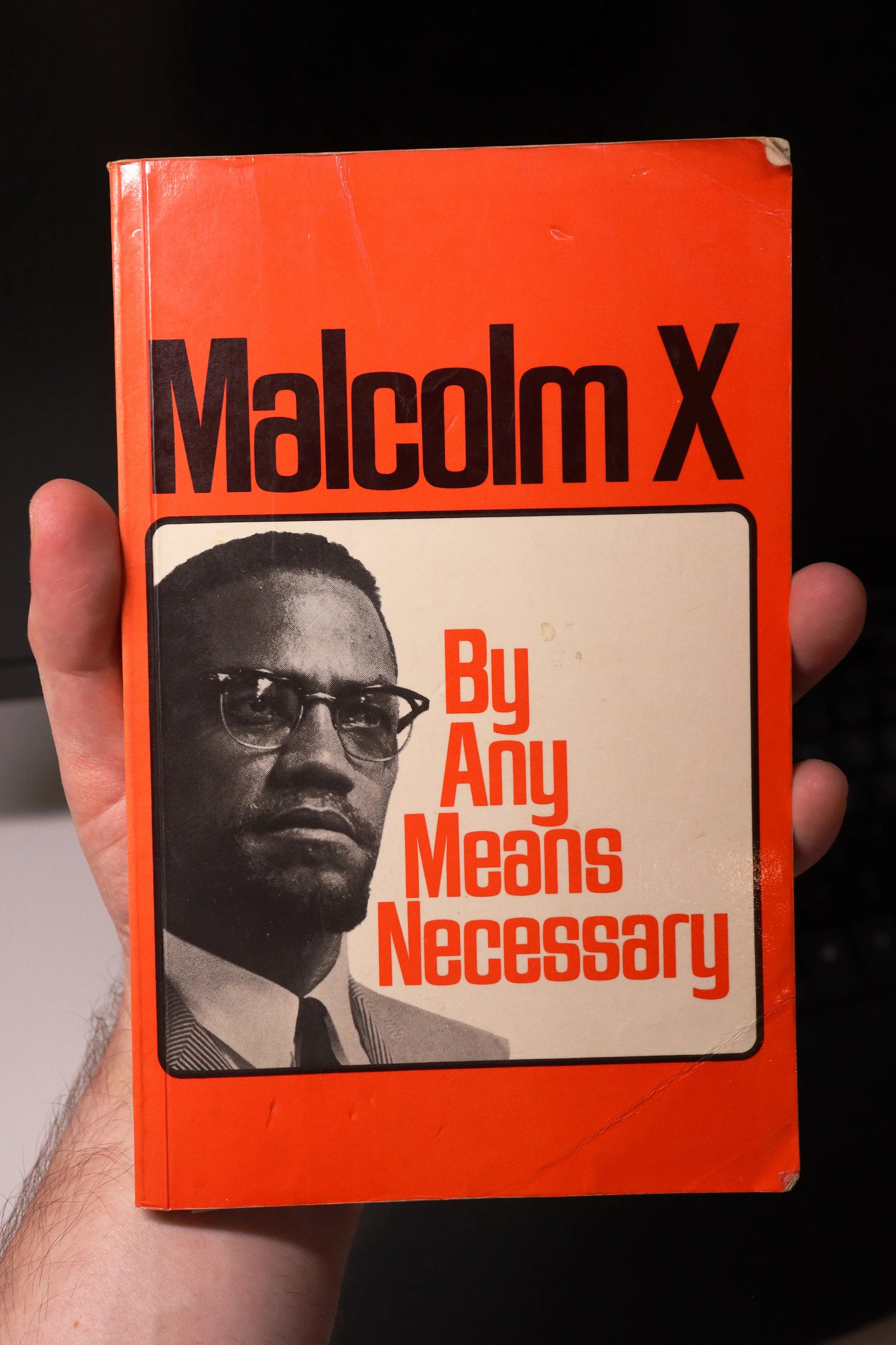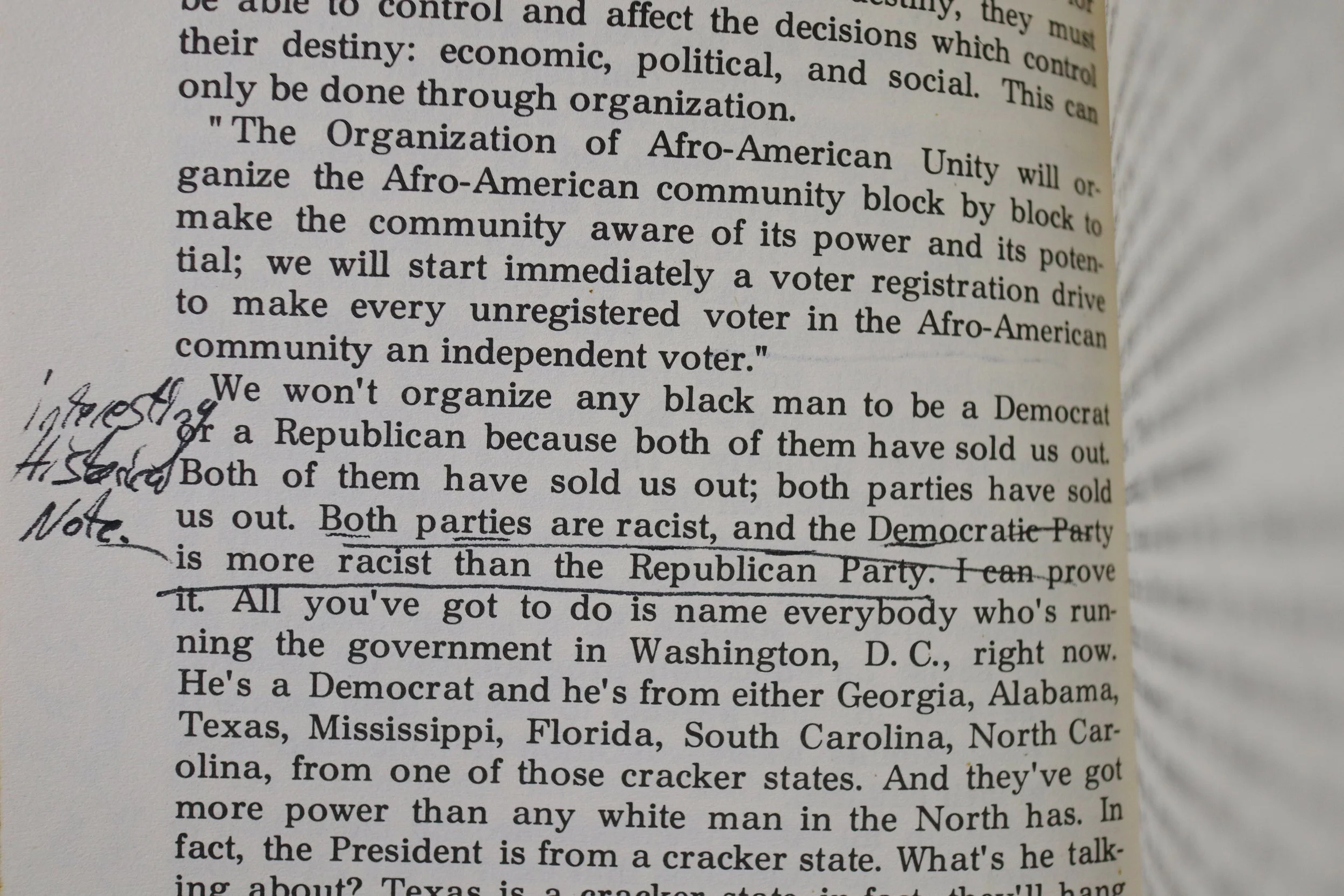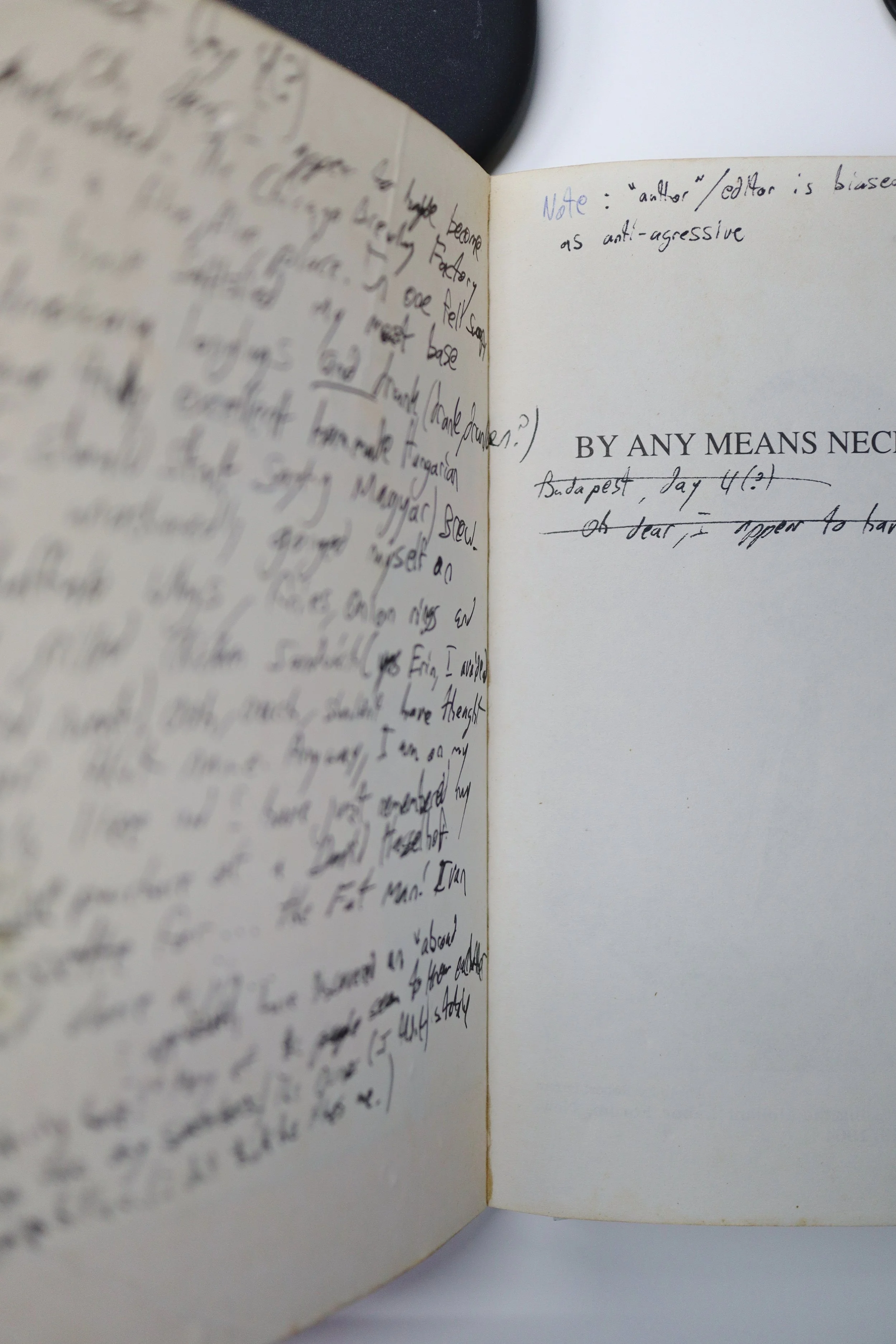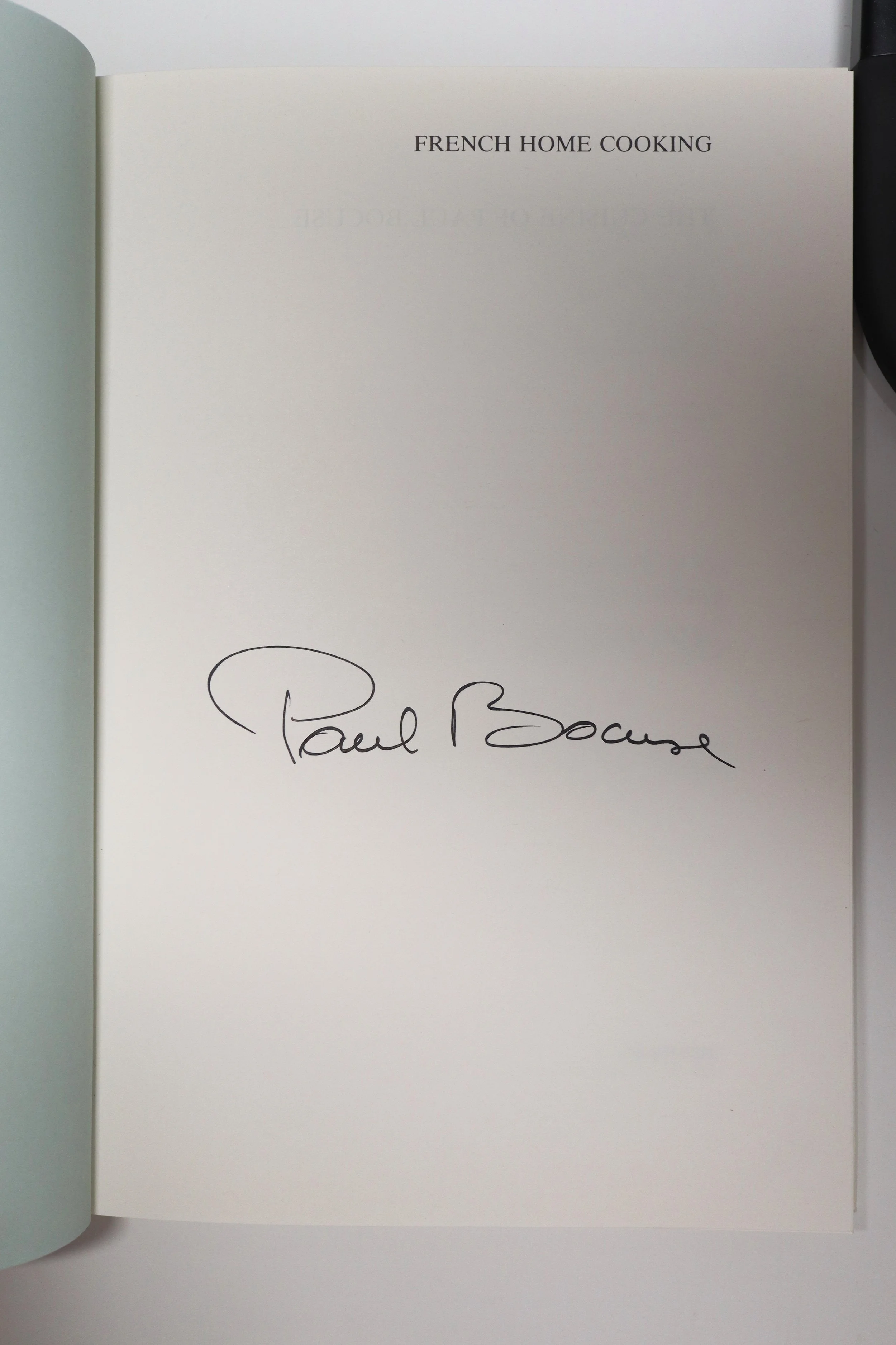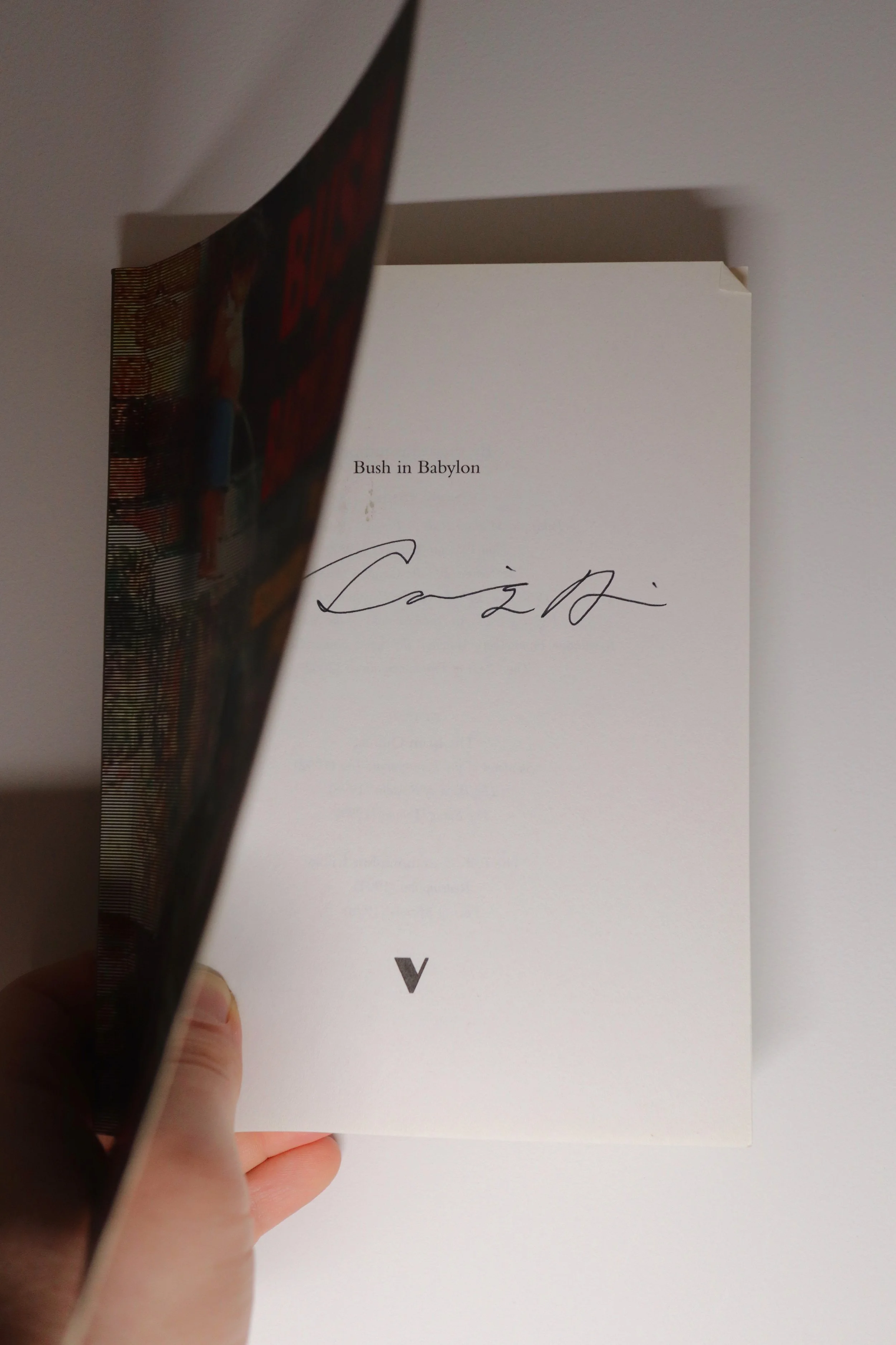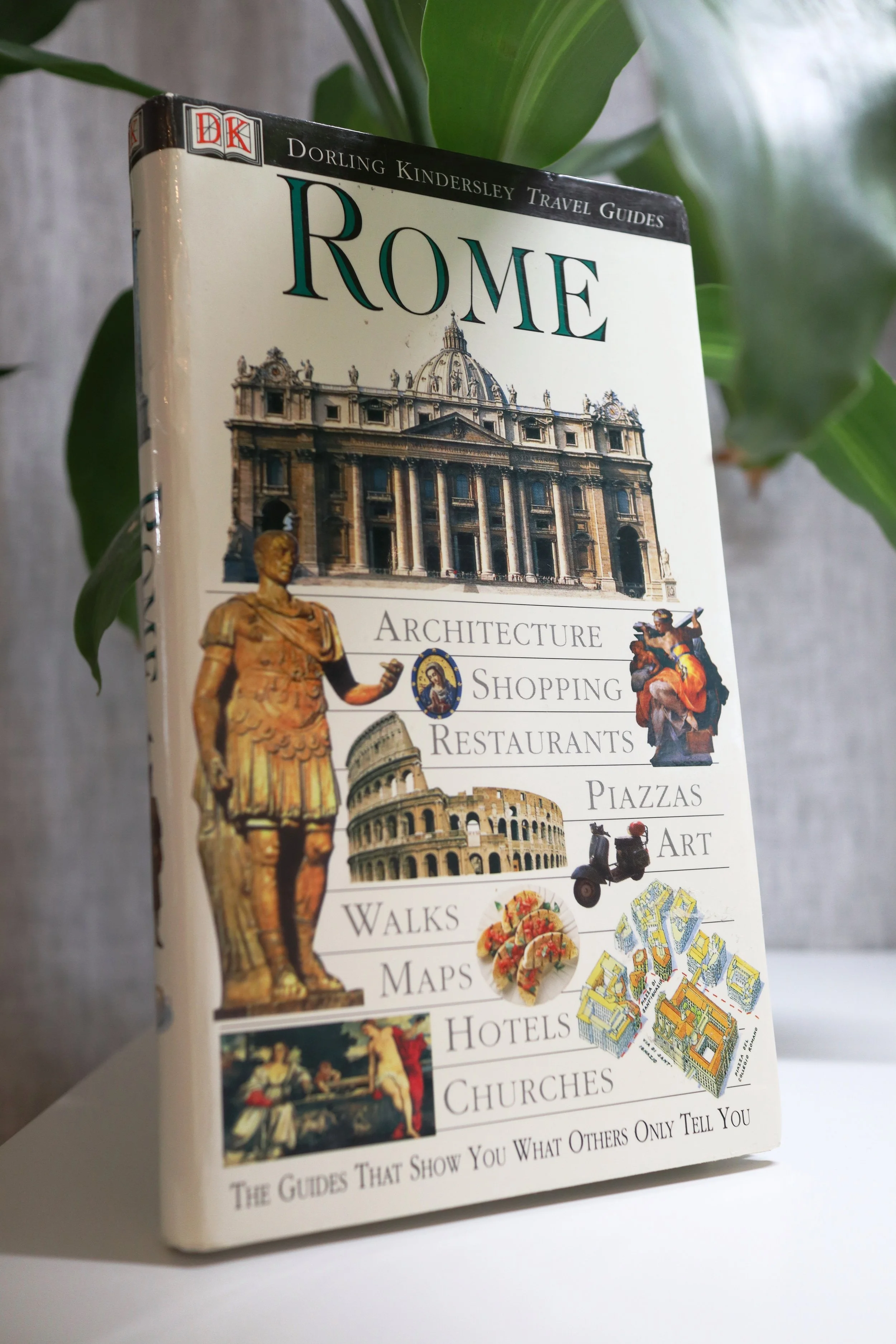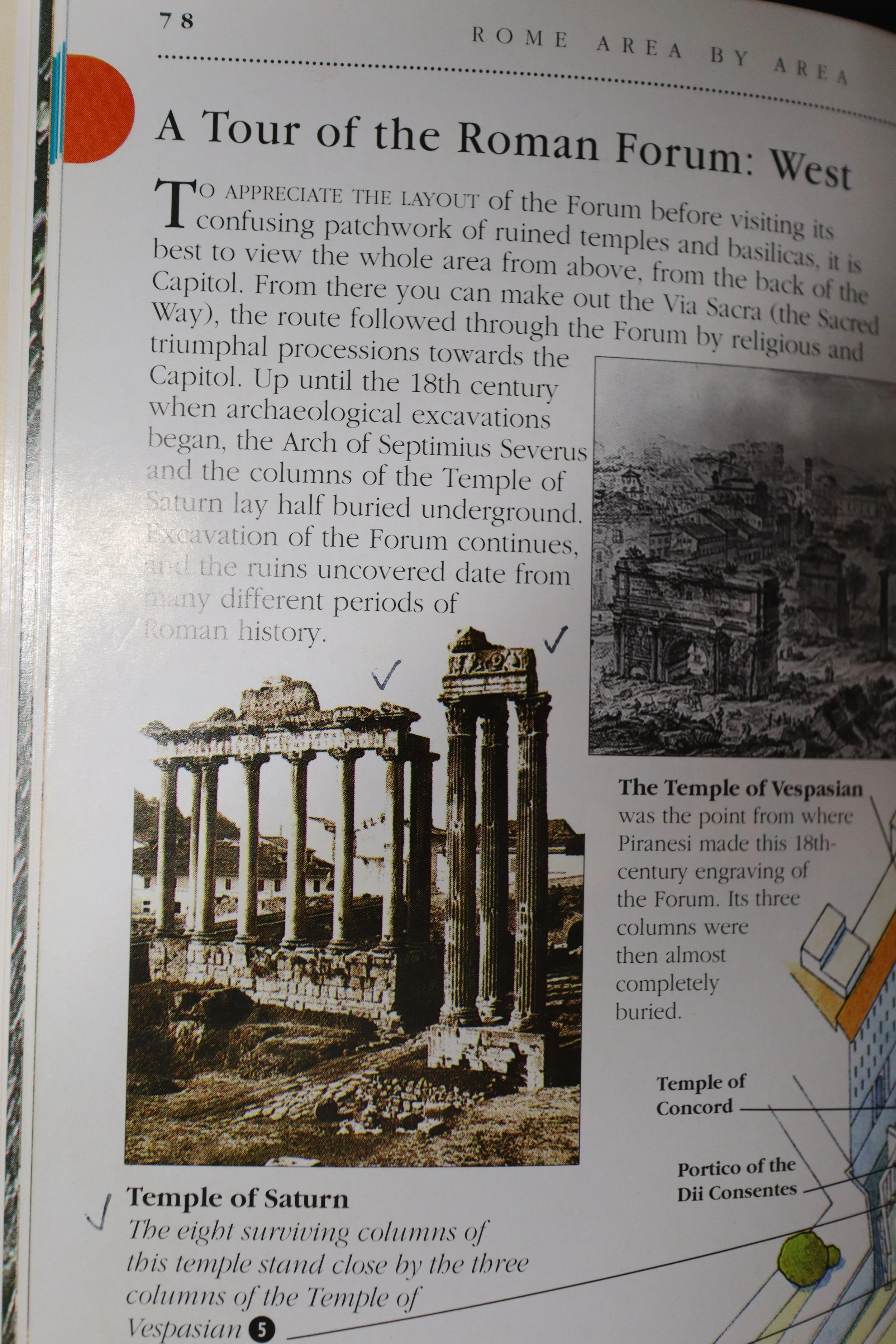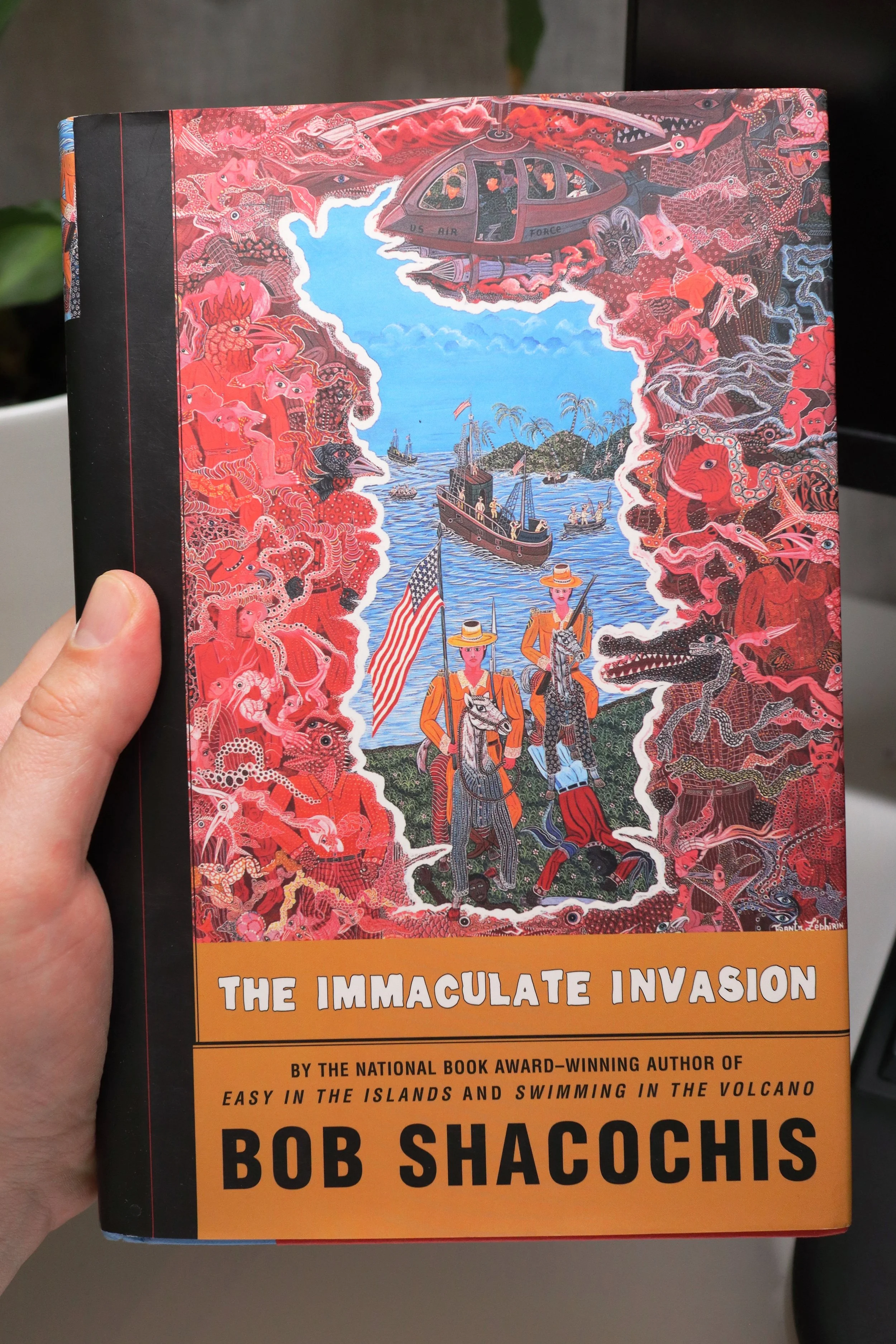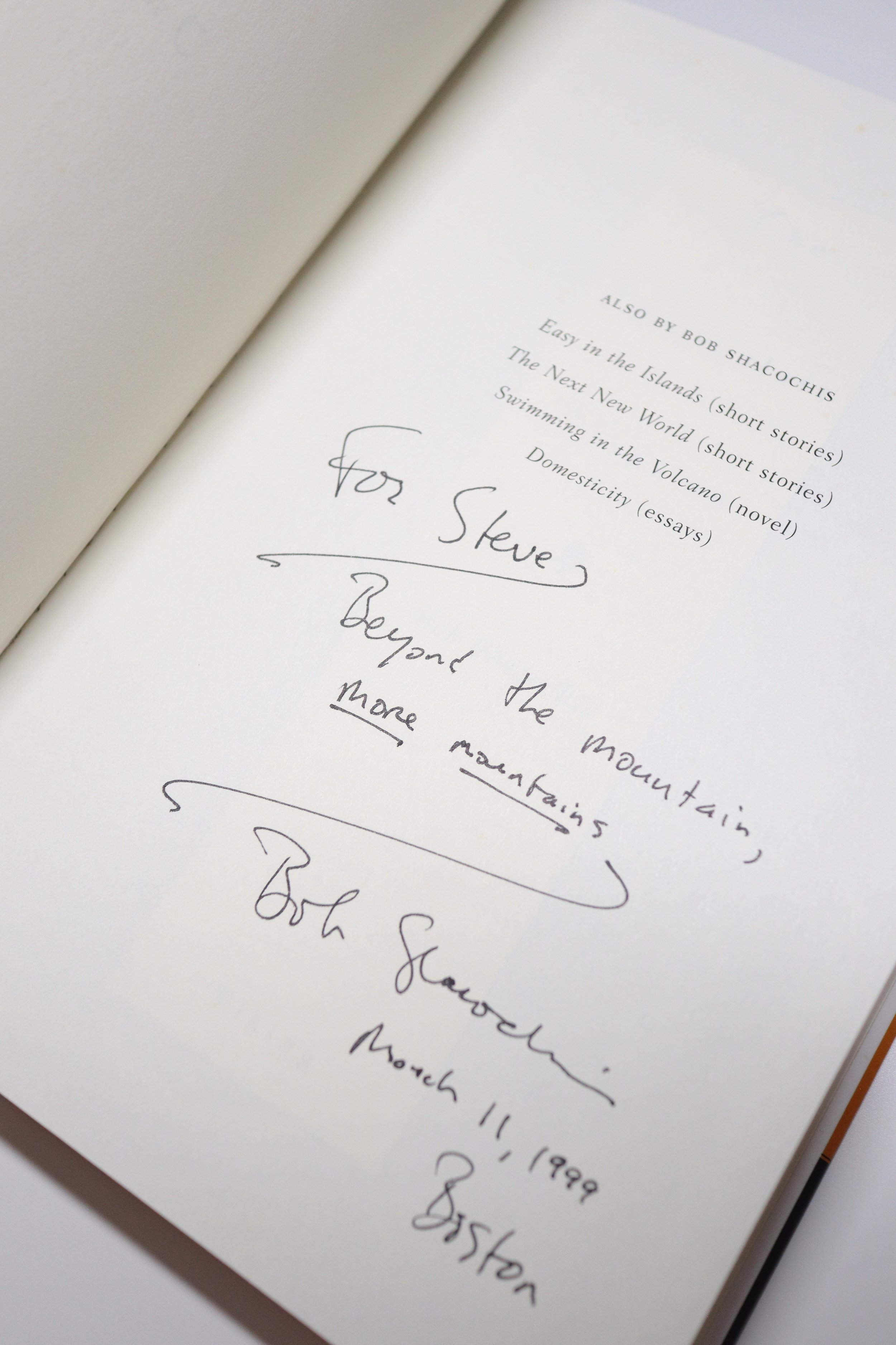stories within stories
Second-hand bookshops.
Sometimes I think about the many, many words they hold.
Words upon words upon words, arranged and punctuated to form sentences, paragraphs, and chapters.
Words that impart stories, information and most importantly, ideas.
Unique to a second-hand bookshop, though, each book contains a story well beyond the text within it. Each one has been held, shelved, and read (or not!) by someone else before finding its way to being priced lower than a cup of coffee and placed on the shelf next to countless other pre-owned reads.
I cannot help but think of the journey each book has been on before I take it off the shelf to read the jacket and decide whether it now belongs on my shelf at home. Why, and how, did the book end up in front of me? Did the previous owner move overseas? Have they donated the book in the hope that someone else will read what they consider as being important, exciting, or valuable? Did they dislike the book and just want to get rid of it? Or have they passed from this life, and no one in their family wanted this single belonging of theirs in their own home?
Sure, there is rarely any way of knowing why a book has ended up in a second-hand bookshop. There are often clues, though, in the form of additional words and scribbles added to a book, that hint at the book’s previous life and the impact that it perhaps had on the owner.
Any second-hand bookshop regular will tell you this is a big part of the thrill that drives looking through shelf after shelf of used books. Finding notes, messages, highlights, and scribbles that point towards a book’s previous owner. That, and paying $35 for a stack of books and then trying to find room for them on shelves at home that are likely already bursting at the seams.
My wife and I regularly visit a few second-hand bookshops near us. One of them, our favourite, is run by the Melbourne Rotary Club, and we have found oh so many treasures there.
Then there is this copy of ‘The Crucible’ by Arthur Miller, owned by Archie.
Archie wrote their number (I’ve removed the final few digits) in the front of the book.
Why?
Did Archie perhaps share the book around a drama class at high school, and they had their number in the front so that it eventually ended up back on their own shelf?
This copy of ‘By Any Means Necessary’ by Malcolm X was thoroughly enjoyed.
There is quite a story written on the inside of the front cover.
It contains some names and a seemingly drunken tale, and while I have no clue who wrote those words during “Budapest, day 4,” I do think it is worthy of keeping private.
The book is also full of highlights and notes in the margins. It makes reading through the text such a personal and unique experience.
On cooking - when, where, and for whom did Paul Bocuse sign this copy of ‘French Home Cooking’, written in 1989?
This DK travel guide to Rome, while slightly dated (hey, what has changed in Rome recently anyway?), was a pleasure to use on our last trip to Italy. I could not help but ponder what the previous owner had thought while exploring the same sights that they had seen and then ticked off themselves in the book.
“beyond the mountains, more mountains”
I have not read all these books yet.
In fact, visiting my bookshelf at home is like a trip to the bookshop for me, as there are quite a few on there that I have yet to read. To be honest, I will probably keep adding to my shelf at a higher rate than I read from it – at least while there’s room (isn’t there always room for one more book, though?).
Most books I add to my shelf will continue to be pre-read, pre-loved, and pre-shelved in homes across the country and world, by people I have never met and never will meet, carrying stories I will only ever have a glimpse of.
That is the joy that a second-hand bookshop brings.
I hope you find your way into one, and that you bring one of these stories within stories into your home, life, mind, and soul.
